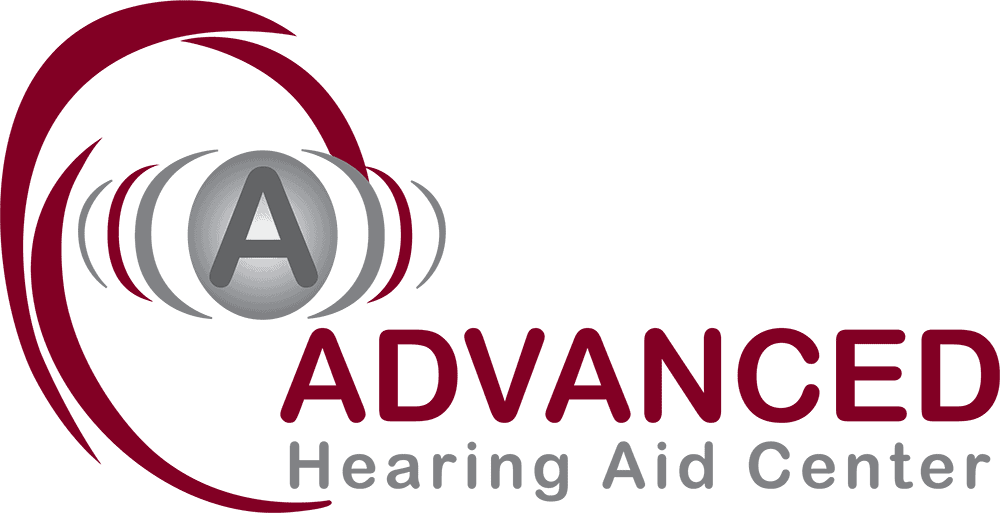It is important to practice safety measures and strategies to support driving safely with hearing aids. There are tips you can integrate to increase your spatial awareness and safety while driving. This includes the following strategies:
- Maximize hearing aids. Hearing aids are essential and everyday devices that support hearing. It is critical to wear your hearing aids while driving. They allow you to hear more of what is happening around you, increasing spatial awareness. But in addition to wearing your hearing aids, there are ways you can maximize them to further support road safety. A few ways you can get the most out of your hearing aids include:
- Get them professionally serviced. Getting your hearing aids professionally serviced contributes to their longevity and optimal performance. A hearing aid specialist is able to thoroughly inspect and clean your device as well as run performance tests to make sure your hearing needs are being optimally met.
- Explore features: there is a range of technologies and features that hearing aids offer. This includes voice recognition, digital noise reduction, tinnitus management, and Bluetooth technology. These features enable hearing aids to do more and deliver enhanced sound quality. Be sure to discuss these technologies with your hearing healthcare provider.
- Keep extra supplies. Be sure to keep extra hearing aid batteries and supplies in your car for emergencies.
If you have any questions about your hearing aids, be sure to discuss them with your
hearing healthcare providers.
- Make sure you can see. Vision becomes even more important when you have hearing loss. It is important that you are able to effectively see and that you have access to visual cues that help you drive safely and comfortably. You can prioritize your sense of sight by:
- Getting your eyes and vision evaluated every year. This ensures that your sense of sight is healthy.
- If you wear glasses or contacts, it is important to stay up to date with your prescription.
- Make adjustments to your seat so you can see at least 10 feet ahead.
- Use polarized sunglasses and anti reflective lenses to minimize glare.
These tips can help you see enough while you are driving. If it is more challenging for
to see clearly when it is dark, be sure to avoid driving at night.
- Minimize distractions. It is important that you are able to fully focus on driving safely so be sure to minimize distractions as much as possible. This includes reducing your exposure to excess noise while driving. Additional noise can create competing noise for your brain to process which overworks the brain and can contribute to fatigue as well as being distracting. So reduce noise by maintaining low volume settings on any audio, asking others to speak quietly, and driving with your windows rolled up to reduce environmental noise. Additionally, be sure to not call or text while driving which can be dangerous. Pull over if you need to make a phone call or look up directions.
- Make adjustments to your car. There are minor adjustments you can make to your car to be more physically comfortable as well as to enhance your vision. This includes adjusting your brake and gas pedals to make them easier to press, investing in power steering to make it easier to handle, and eliminating blind spots by expanding mirrors. You can expand your rearview and side mirrors so that you are able to see more, be sure to also clean your windshields regularly.
- Use Bluetooth technology. Another useful strategy you can use to support road safety is to maximize Bluetooth technology. Hearing aids offer wireless connectivity by utilizing Bluetooth technology. This allows your hearing aids to connect to the GPS system in your car and stream the audio directly to your hearing device. This enables directions provided from your GPS system to be adjusted in specific ways (through your hearing aid) to best meet your hearing needs; allowing you to hear and follow directions easily.
In addition to these tips, also be sure to test your hearing regularly. Your hearing needs can change over time which can require your hearing aid settings to be updated. Contact us today to learn more about driving with hearing aids and the technologies available to best support road safety!

